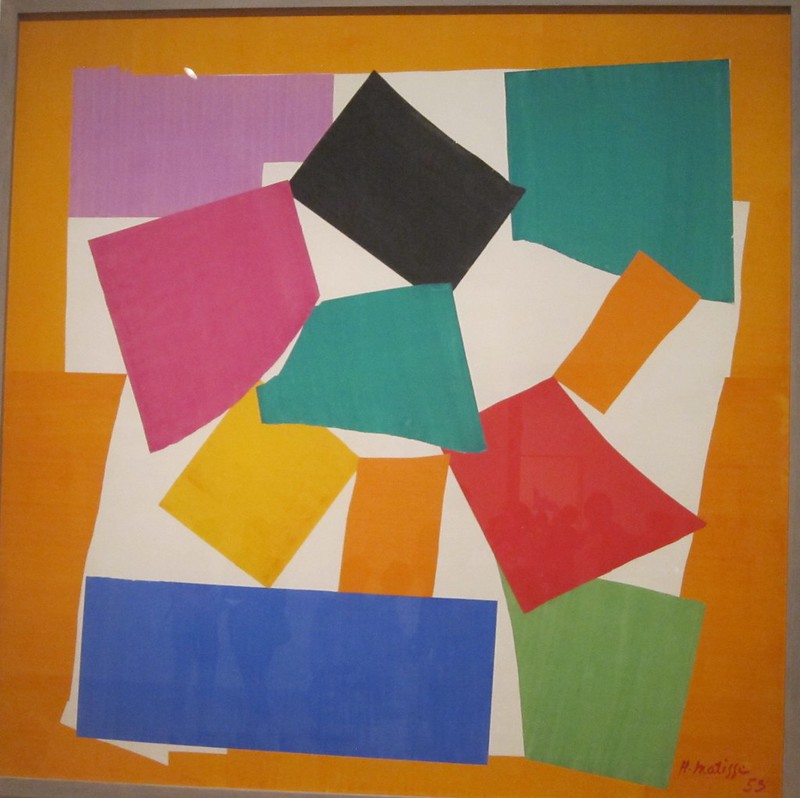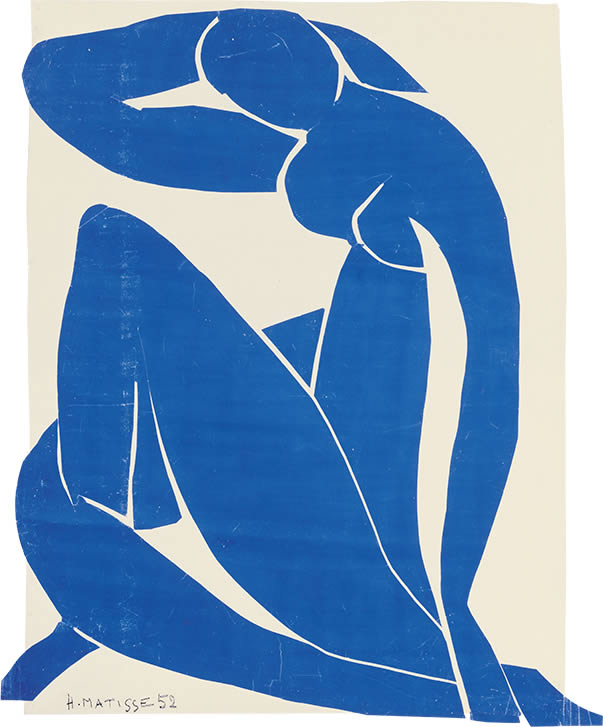The Parakeet and the Mermaid, 19521953 by Henri Matisse.
Accompanied by two works of Yves Klein.
Collection: Stedelijk Museum Amsterdam.
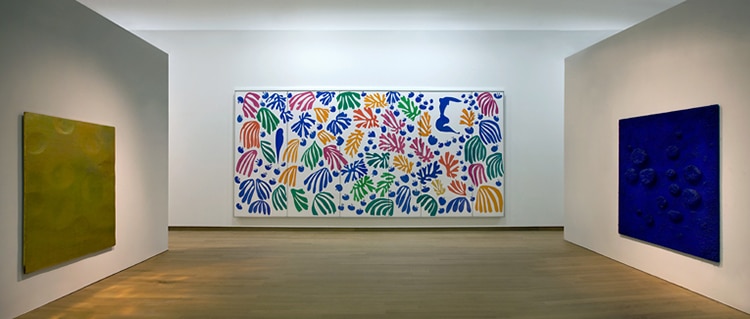
“The Parakeet and the Mermaid,” 1952–1953 by Henri Matisse. Accompanied by two works of Yves Klein. Collection: Stedelijk Museum Amsterdam. Image:GJ. van Rooij(CC BY-NC 2.0)
In the early 1930s, Matisse exhibited his murals titledThe Danceat the Barnes Foundation in Philadelphia.
Who was Henri Matisse?
Then, in 1904, he led theFauvismmovement, which is French for wild beasts.
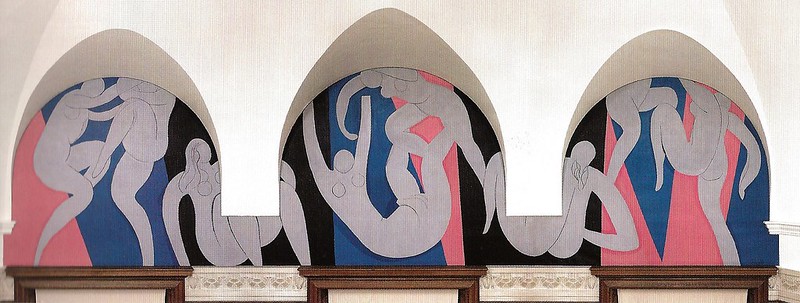
TheLes Fauveswere a group of modern artists who favored pure, bright colors and expressive brushstrokes over realism.
As he once said, I don’t paint things.
I only paint the difference between things.
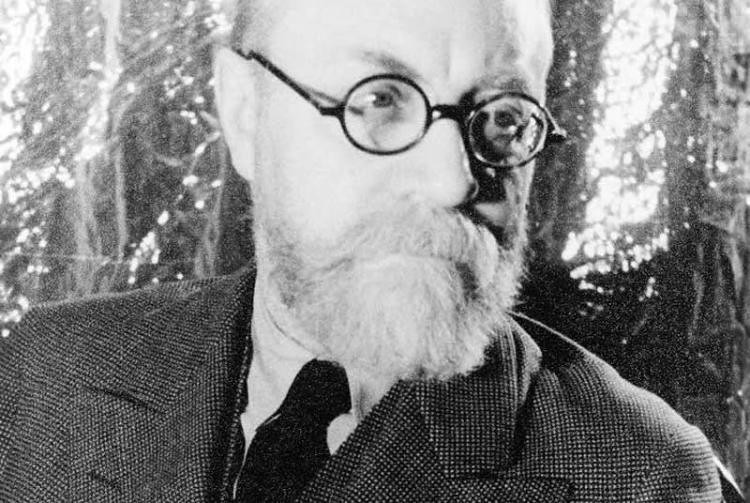
He disturbed our complacency.
Like Picasso, Matisse was interested inPrimitivismand visited Algeria in 1906 to study African art.
Similarly, the French artist browsed an exhibition of Islamic art in Munich.
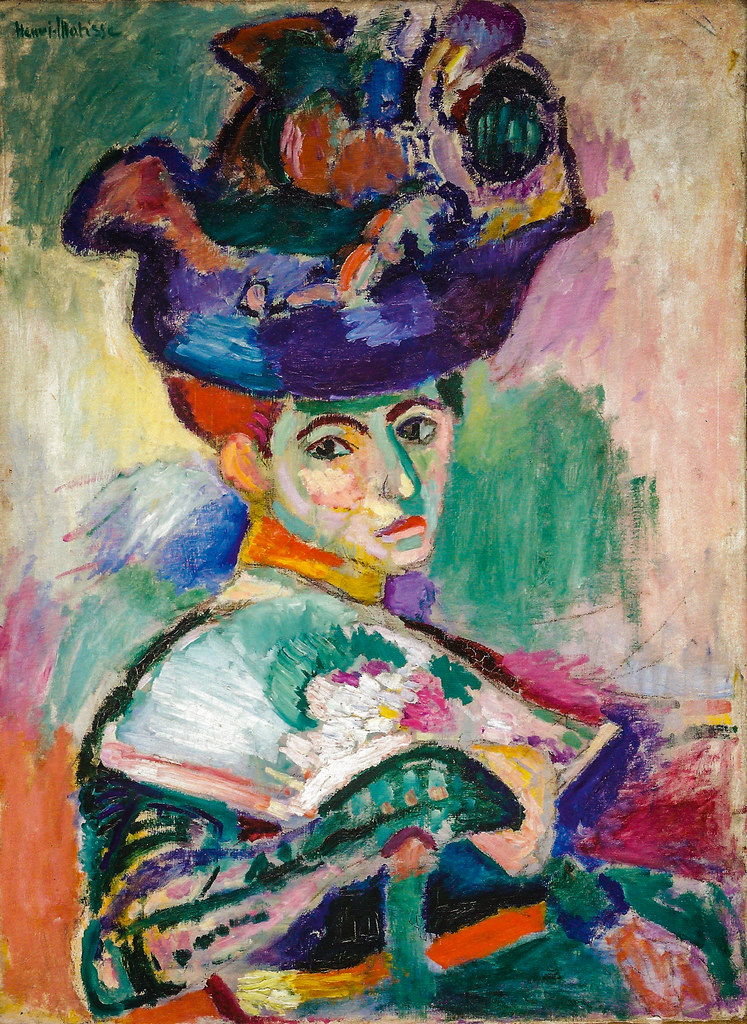
It was during this time that he also began using black paint in his compositions.
In 1917 he relocated to Nice, France, where he resided for the rest of his life.
Even through World War II, during the Nazi-occupation of France.
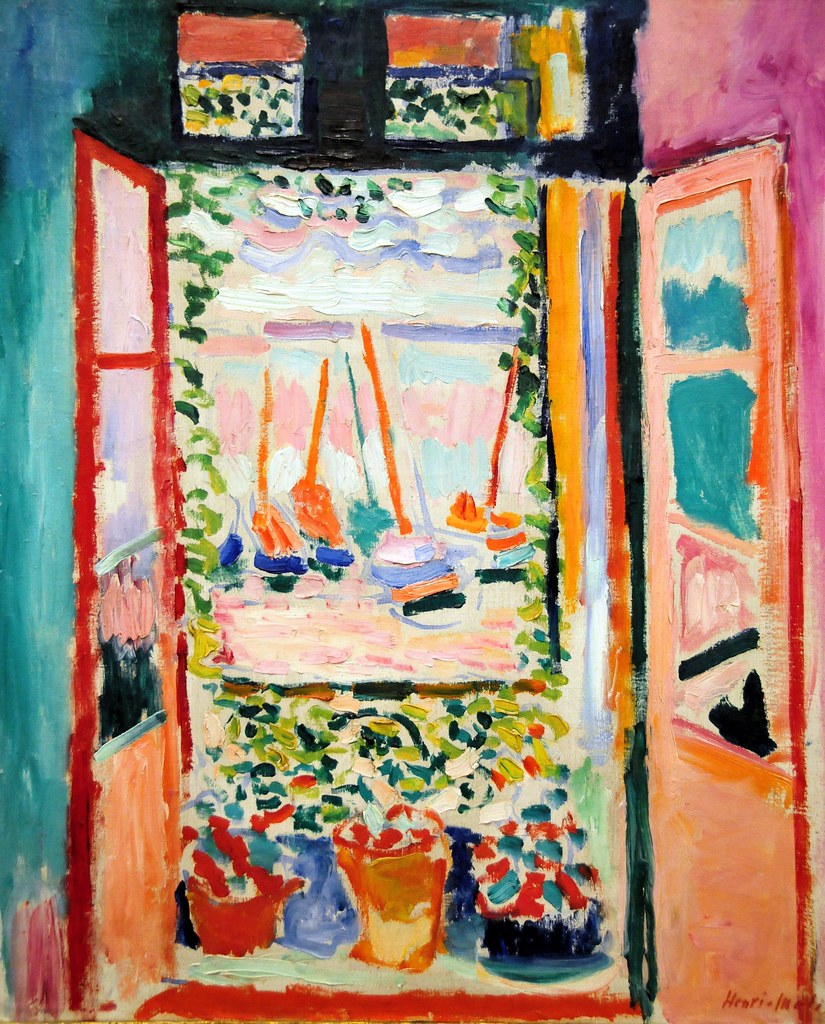
Henri Matisse working on paper cut out.
Painting and making sculptures had become impossible physical challenges, so he developed an expressive new technique.
The artist would then arrange them into lively compositions.
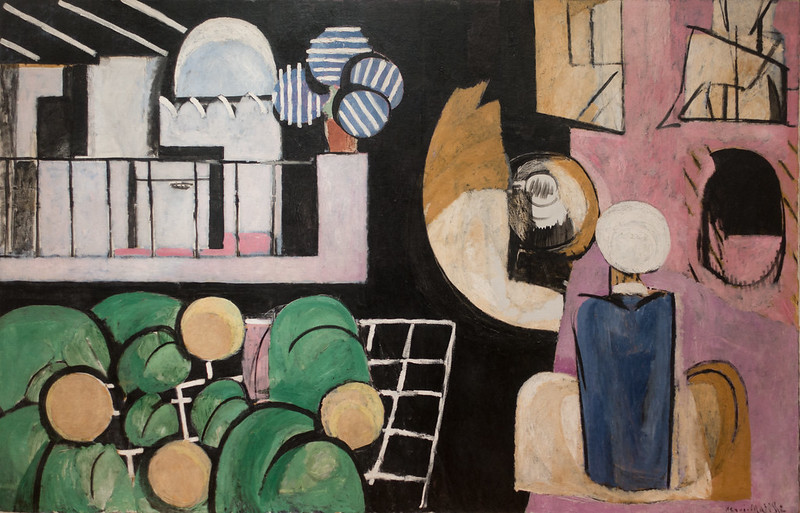
Today, the work of Matisses final artistic triumph continues to inspire contemporary artists all over the world.
Related Articles:
What is Modern Art?
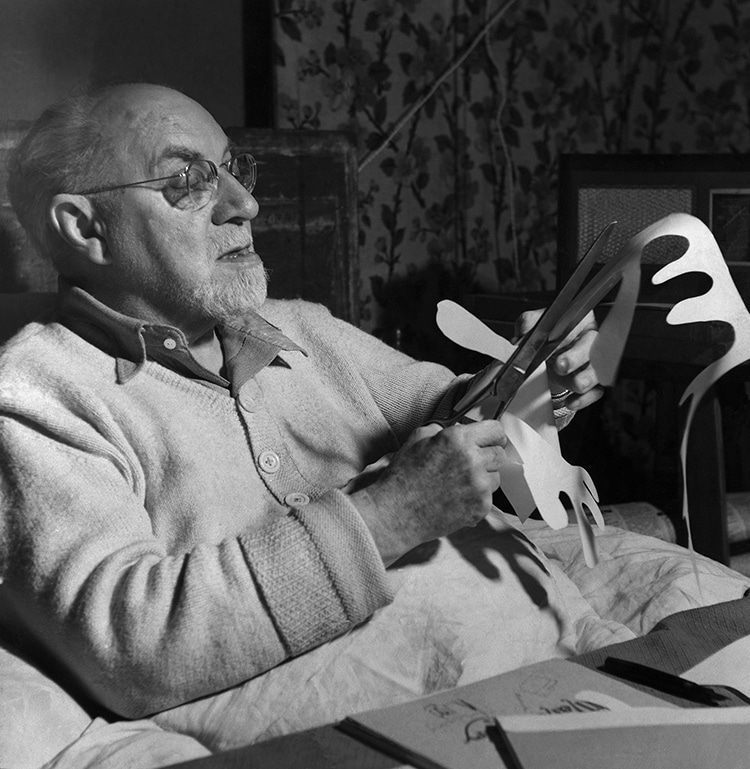
“Henri Matisse working on paper cut out.” Image: Tullio Saba viaFlickr(CC BY-NC 2.0)

